Glorious victory of the Russian fleet at Rochensalm
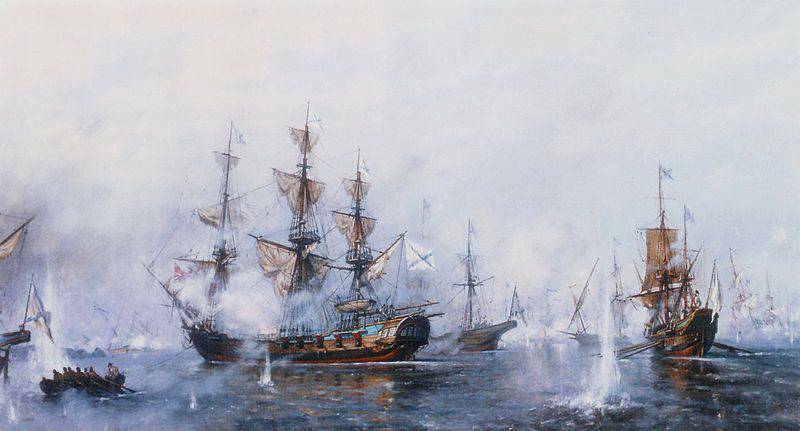
V.M. Petrov-Maslakov. "The first battle of Rochsalm"
Rowing Operations in 1789
In the 1789 campaign of the year, not only the naval fleet won the victory over the Swedes (Åland Sea Battle), but also rowing. Rowing command fleet was transferred to Prince Karl Nassau-Siegen. It was a French aristocrat who had a huge combat experience. Nassau-Siegen fought in the French army during the Seven Years War, then entered the Navy and sailed around the world under the command of de Bougainville. He took part in a series of military adventures in the French and Spanish service - an unsuccessful attempt to recapture the British from Jersey and the assault on Gibraltar. He became friends with the Polish monarch Stanislav Augustus and, as a Polish diplomat, he met Potemkin and Catherine II.
With the beginning of the next Russian-Turkish war he entered the Russian service. He received the rank of rear admiral and became the head of the Dnieper rowing flotilla. In June 1788, a French nobleman, along with Rear Admiral John Paul Jones (a Scottish sailor in Russian service) defeated the Turkish fleet in the battle of Ochakov (The defeat of the Turkish fleet in the battle of Ochakovo) For military success, Nassau-Siegen received the rank of vice admiral. But later he quarreled with Potemkin and was recalled to Petersburg. In 1789, he was entrusted with a rowing fleet on the Baltic Sea.
The Russian rowing fleet managed to leave Kronstadt only on 8 of June 1789 of the year. It consisted of 75 ships (galleys, pebbles, double boats, gunboats, etc.). The total fleet crew totaled over 10 thousand people. The Russian fleet consisted of four types of galleys: 25-, 22-, 20- and 16-cans (the can is a bench for rowers). All types of galleys were with two masts. 25-can galleys were armed with one 24-pound gun, two 12-pounds, four 8-pounds and twelve 3-pound falconets; 22-can galleys - with one 24-pound gun, four 12-pounds and twelve falconettes; 20 can galleys - one 18-pound gun, two 8-pounds, two 6-pounds and ten falconettes; 16-can galleys - two - 12-pounds, two - 8-pounds and ten 3-pounds. The rowing fleet also had shakes and half-shacks, which were armed with 10-20 guns (18-, 12-, 8- and 6-pounds). Of the large vessels, rowing frigates also had. Light rowing vessels included kayaks, dubbing boats, gunboats, etc. Kayaks were armed with one bow 18-pound gun, one stern 12-pound gun and six falconettes. The armament of the double boat consisted of one bow and one stern 12-tee or 8-pound caliber and 8 falconettes. Rowing gunboats were of three types - large, medium and small. Large boats armed with one bow 18-pound gun and one stern 12-pound gun, on the sides had four falconettes. Medium boats had only one 24-pound cannon, and small boats had one 16-pound cannon.
Having entered the skerries and having added the ships of the Vyborg detachment of Slizov to his squadron 13, on July Xnumx, Nassau-Siegen approached the entrance to the Gulf of Friedrichsgam. Not far, off the island of Kotka, was a Swedish rowing flotilla under the command of Karl Ehrensverd. To strengthen the forces of Nassau-Siegen, a reserve squadron was formed under the command of Vice Admiral Cruise. It consisted of two battleships, two frigates, two bombardier ships and two auxiliary vessels. Cruz delayed the preparation of the detachment with the exit, so he connected with the rowing fleet only on 3 of August.
By this time, the Swedish army (rowing) fleet, which consisted of 62 combat and 24 transport vessels, was in two Rochensalm raids (Big and Small). Swedish ships had over 780 guns, the total crew consisted of about 10 thousand people. The Swedish rowing fleet was armed with large rowing vessels with powerful weapons - udems, floodplains and turums (ships with sixteen pairs of oars, with twelve 3-pound guns). The ships were seaworthy enough, sailed well and were maneuverable. However, their speed was lower than that of galleys. The Swedes also built three-masted gemans, which were armed with 20-26 guns. Along with large rowing vessels for the army fleet, small vessels were built, armed with large-caliber guns - mortar and gunboats. Mortar longboats were armed with one mortar, gunboats with one 12-pound gun and several 3-pound falconets. The Swedish gunboats were armed with two 24-pound cannons. During the fighting, the Swedes quickly replenished the army fleet with new ships and converted old ships, which made it possible to quickly make up for the losses.
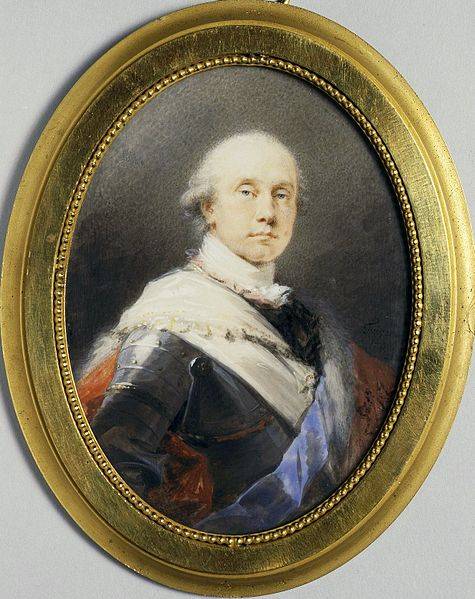
Prince Carl Nassau-Siegen (1743-1808)
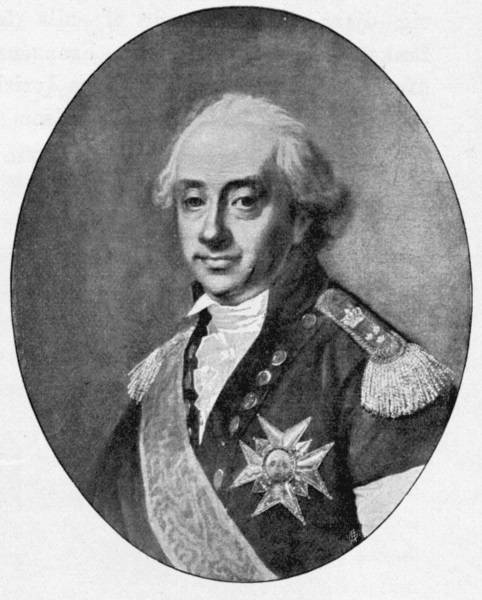
Swedish Admiral Karl August Ehrensverd (1745 - 1800). Source: https://ru.wikipedia.org
The defeat of the Swedish fleet
Both Cruz and Nassau were burning; we wish to attack the enemy and excel. However, they could not outline a general plan of operations, and they quarreled. As a result, the Empress ousted Cruz, and Major General Ballé was appointed in his place. By 12 (23) on August, the Russian fleet approached Rochensalm. By the beginning of the battle, the Nassau squadron was armed with over 870 guns, the reserve squadron had over 400 guns. On ships there were over 13 thousand people. According to the plan of Prince Nassau, Balle with 11 large and 9 small vessels (in total over 400 guns) was supposed to go to Rochensalm through the southern passage and tie the main enemy forces in battle. This was to facilitate the breakthrough of the main forces of the fleet through the Royal Gate. In making this decision, the Russian commander did not know that the Swedes blocked the way to the Rochensalm raid with the help of the flooded ships.
The Swedish admiral put up for the defense of the southern aisle all the large vessels of the army fleet. Small vessels and transports were sent north into the depths of the skerries to the Kyumen Bay. To protect the Royal Gate, Ehrensverd ordered several transports to be flooded in the narrowest passage aisle, which made it impassable even for small rowing vessels. Four bombardier ships also held their defenses here.
On 13 (24) on August 1789, at 10 in the morning, Balle's detachment approached the Swedish ships, which defended the passage between the islands of Kotka and Kutula-Mulim. Ahead went the Agile packet boat, followed by the Perun and Thunder bombing ships, followed by the Flying, Minerva and Bystry shebeki. Artillery firefight began, which lasted about five hours. During the battle, two gunboats of the Swedes were sunk. The battle was fierce. The ships of the Russian avant-garde were damaged, one after the other the guns failed, the crews suffered losses. So, the commander of the frigate “Simeon”, captain-lieutenant G. Green, was wounded, the commander of the shebeks “Flying”, lieutenant E. Ryabinin, the commander of the shebeks “Fast”, the lieutenant Sarandinaki, the commander of the bombing ship “Perun”, the captain-lieutenant “Senyavin”.
After an artillery battle, the Swedes decided to attack, boarding. Ballé, whose vessels had already used almost the entire ammunition, ordered them to retreat. However, the enemy managed to capture the Perun bombing ship and the hasty packet boat. At that time, Ballé was wondering where the ships of Nassau were, which were already supposed to attack the enemy from the rear.
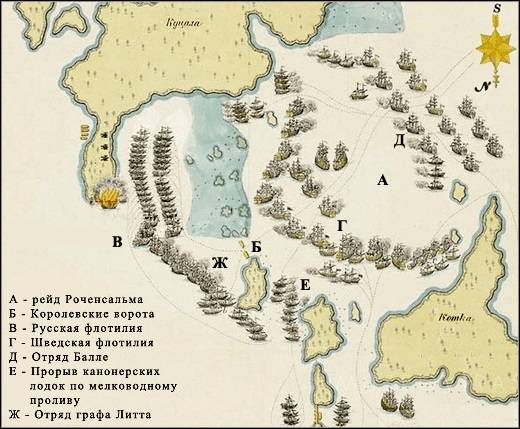
Map source: https://korvet2.ru
Meanwhile, in the north of the Nassau-Siegen squadron and Rear Admiral Giulio Litt (Italian aristocrat in the Russian service), went to the Royal Gate and found that the passage was blocked. At first they tried to find a passage between the numerous islets, but to no avail. Then Litta ordered to clear the passage. The squadron remained under the fire of the Swedish ships for a long time, while special teams of sailors, soldiers and officers with the help of axes and crowbars tried to clear the passage. For several hours they worked with incredible dedication, being under enemy fire. At the same time, in a small shallow passage, where most ships could not pass, several small rowing vessels were able to get into the raid. Finally, at 7 at one o’clock in the evening, at the cost of tremendous efforts and heavy losses, our sailors were able to break and pull apart the ships flooded at the Royal Gate. And the galleys could pass through this passage.
Thus, at the most critical moment for the detachment of Balle, who was threatened with complete defeat, the vessels of Prince Nassau appeared behind enemy lines. The Swedes, already anticipating the victory over the Ballé squad, were confused, the blow from the side of the Royal Gate was a complete surprise for them. Nassau introduced new ships into battle, the Swedes retreated. Russian and Swedish squadrons mingled. The stubborn battle lasted until 2 hours of the night. Russian galleys recaptured the ships captured by the Swedes, and seized several enemy ships. So, our trophies were the Swedish rowing 24-gun frigate "Avtroil", the admiral's 48-gun turum "Biorn-Erksida, the same type of the Turwald turum, the Selle-Vere turmoil, the Udema" One "and other vessels. The Swedes were completely defeated and retreated towards Lovise. When the outcome of the battle became apparent, the Swedes burned their transport fleet, which was engaged in supplying the army.
Results
The total losses of the Swedish fleet amounted to 39 ships. The Swedes lost about 1 thousand people killed and wounded, more than 1,1 thousand prisoners. Russian losses about 1200 people killed and wounded. During the battle, the Russian squadron lost two ships: the 22 cannon galley Tsivilsk (16 guns) exploded, and the gunboat was killed. Another 25 can galley was severely damaged by the Dnepr (19 cannons), it was returned to Kronstadt, but it was no longer subject to restoration.
For this victory, the Nassau-Siegen naval commander received the highest Russian order of St. Apostle Andrew the First-Called, Ivan Ballé received the Order of St. Anne of the 1 degree, Giulio Litta - the Order of St. George of the 3 degree. All participants in the naval battle received silver medals, on one side of which was an image of Tsarina Catherine II, and on the other - the inscription: "For courage in the Finnish waters on August 13 of 1789 of the year."
The victory of the Russian rowing squadron led to the fact that the coastal flank of the Swedish army was open. After the battle, Nassau-Siegen suggested that the commander-in-chief of the Russian army Musin-Pushkin land a strong landing force behind enemy lines to cut off the retreat for the Swedish troops. At this time, the ground forces were to launch an offensive from the front. However, the Swedish king, realizing the threat, put batteries in the most dangerous places and hastily retreated to Lovise. Russian troops pursued the enemy.
A week later, Russian gunboats captured five enemy ships at the Neyshlot fortress. Four more large Swedish landing boats were sunk. On this, the actions of the rowing fleet in the 1789 year ended.
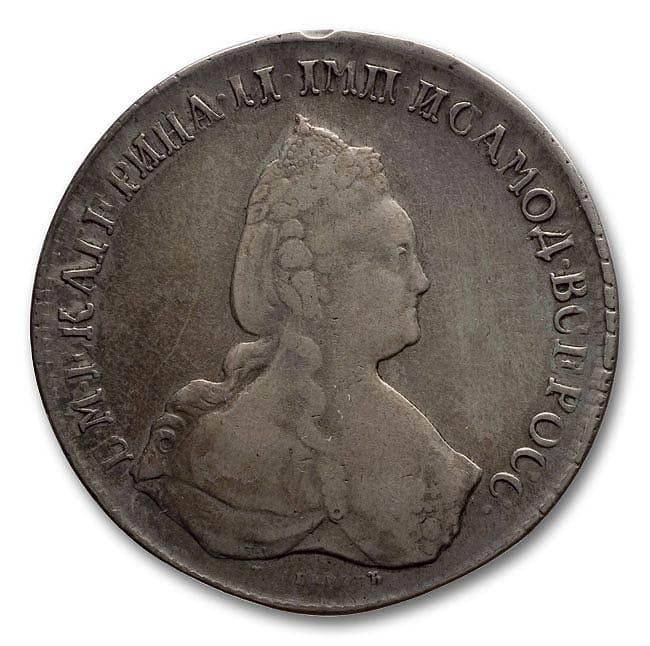
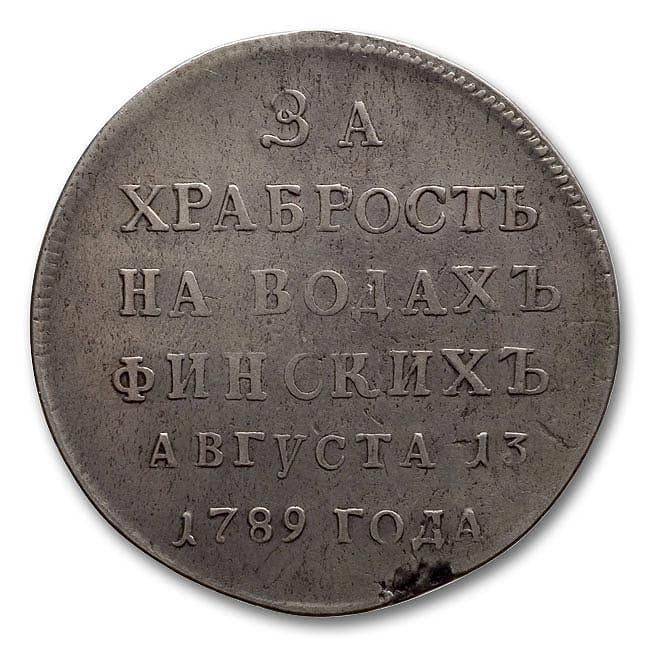
Medal "For courage in the Finnish waters"
- Alexander Samsonov
- Russian-Swedish War 1788 — 1790
230 years ago, the "Swedish king Swedish" attacked Russia
Strategic victory of the Russian fleet in the battle of Gogland
Åland Sea Battle
Information